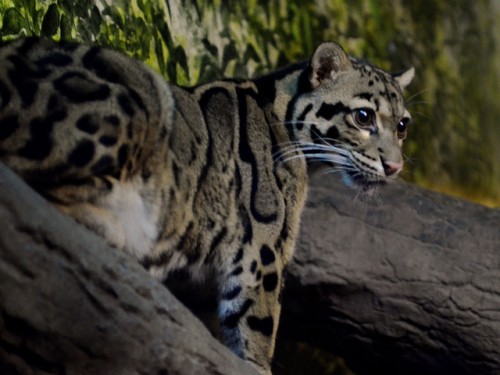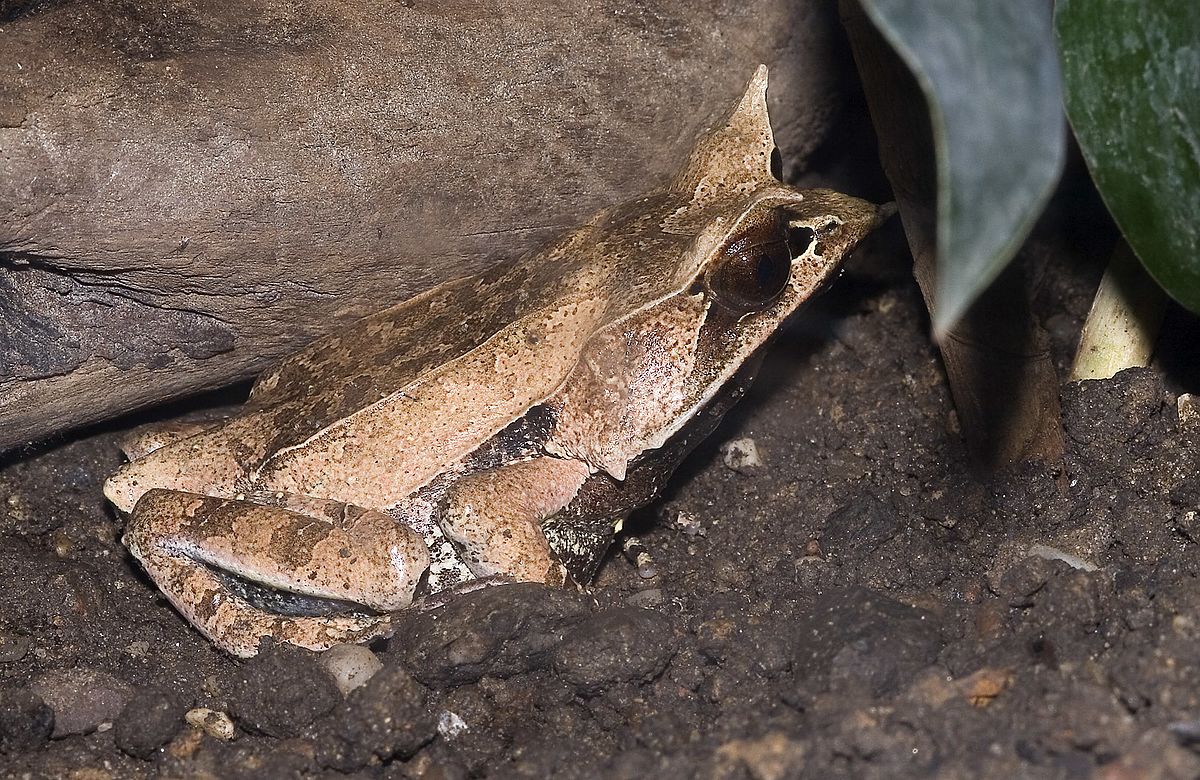If there was a competition among spiders of holding their breath underwater, the Tylorida sataraensis spider from the Western Ghats of India would surely be a strong winning contender. This particular spider species will dive under water and stay under for as long as 14 minutes to evade its predator before coming up for air.
Exceptional Adaptation
Every living creature has evolved its own defense mechanism and survival strategy against potential predators.
“Spiders are by and large terrestrial arthropods that do not have any mechanism for breathing underwater. The behaviour of this species of spider (Tylorida sataraensis) isn’t seen in any of the others of its genus,” said Siddharth Kulkarni, country coordinator for the World Spider Catalogue.
“The spider’s body is covered in setae – dense hair-like structures. As the spider dives in, its body swells up creating pockets to trap air before it hits the water. This air is what will sustain it for the entire duration it spends inside the water. Once underwater, it clings to the first boulder it can find so that it isn’t washed away in the water current”, Kulkarni added.
Further explaining the spider’s unique exit strategy, Kulkarni said that when the spider dives in the water, it secretes a silken waterproof thread called a dragline which is connected to its web and enables the spider to return to its home once it comes up from under water.
Search for Another
Only one historical record of a spider from India displaying similar survival tactics has been found by Kulkarni which is as old as 1915. Arachnologist Gravely had reported that Orsinome marmorea “drops into the water beneath when disturbed, clinging to the first rock against which it is swept by the current an inch or two below the surface till its alarm has subsided.”
“The behaviour described by Gravely is exactly what we observe in Tylorida sataraensis. However, in field surveys, we haven’t seen Orsinome marmorea dive underwater raising questions about their identification. Both species need to be studied more closely,” Kulkarni said.
Another spider species from the Western Ghats and beyond, that demonstrates similar behaviour as Tylorida sataraensis is Tylorida ventralis. However there are distinct differences in their anatomy. Also the Tylorida ventralis spider does not show the “dive and retreat” behaviour which is so peculiar to the Tylorida sataraensis.
Under Threat
A critically endangered species, Tylorida sataraensis is found only on two laterite plateaus in Satara district that is Kaas and Chaklewadi. The spider is found in orb webs built in its favoured habitat of boulders bordering the streams on the plateau slopes under a thick canopy of trees. It may be construed from this that the spider’s habitat is limited.
In addition, the spider also faces multiple threats. One of the largest wind farms is in Chalkewadi and construction atop the plateau may alter the course of the streams thereby disturbing the spider’s habitat and existing meagre population. Stream water diverted for agricultural purposes will also further fragment the population and the habitat. Further, boulders removed for construction work too will directly impact the survival of this species.
More Related Stories,
4 New Species Discovered in Hyderabad in 5 Years









3 thoughts on “A Spider that can stay Underwater for 14 minutes!”